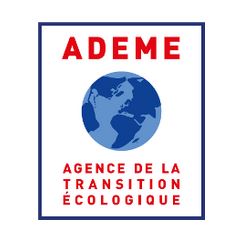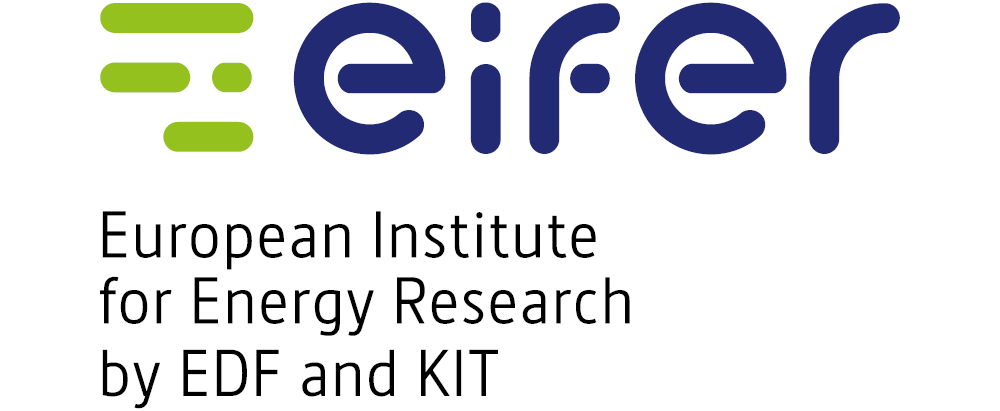INTERCONNECT
Human activities, infrastructures and river biodiversity in co-evolution
Project Objectives
Humans have strongly shaped rivers, notably by constructing hydro power plants and transport infrastructures. Therefore, river spaces present particularly interesting cases when it comes to exploring the triple relationship between infrastructures, human activities and biodiversity. Our study focuses on six small-scale zones located in two river systems: (i) the French-German Upper Rhine area between Karlsruhe and Basel, and (ii) Danube and Inn in the region where these rivers form the border between Germany and Austria. Our work analyses the progressive expansion of energy and transport infrastructures in these river spaces and how these have been involved both in the development of human activities and in biodiversity changes.
EIFER’s Contribution
EIFER acts as project coordinator and is leading the activities analysing the dynamics of human usages of the analysed rivers. EIFER also participates in the work package that explores infrastructure adaptations to reconcile human activities and biodiversity protection, e.g. re-inserting gravel banks which not only support biodiversity recovery, but also present very attractive areas for leisure time activities.
Project Output
First, biodiversity changes from the early 1950s until around 2015 were assessed through a substantial interpretation and digitalization of aerial and satellite pictures, focusing on the evolution of riparian forests. Specific metrics were developed, using the multiplying coefficient (Cm), which is calculated between the oldest date (1950/1951) and the most recent date (2010-2015-2016). Second, we analysed how human activities in the selected areas have changed with the expansion of infrastructure networks. For this, we mainly drew on the data from around 30 collective and individual interviews and on historical pictures gathered in archives.
This project has received funding from ADEME – Agence de la transition écologique.

